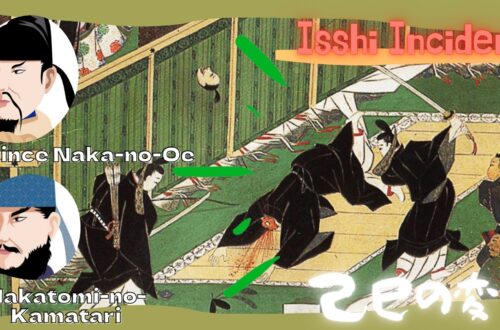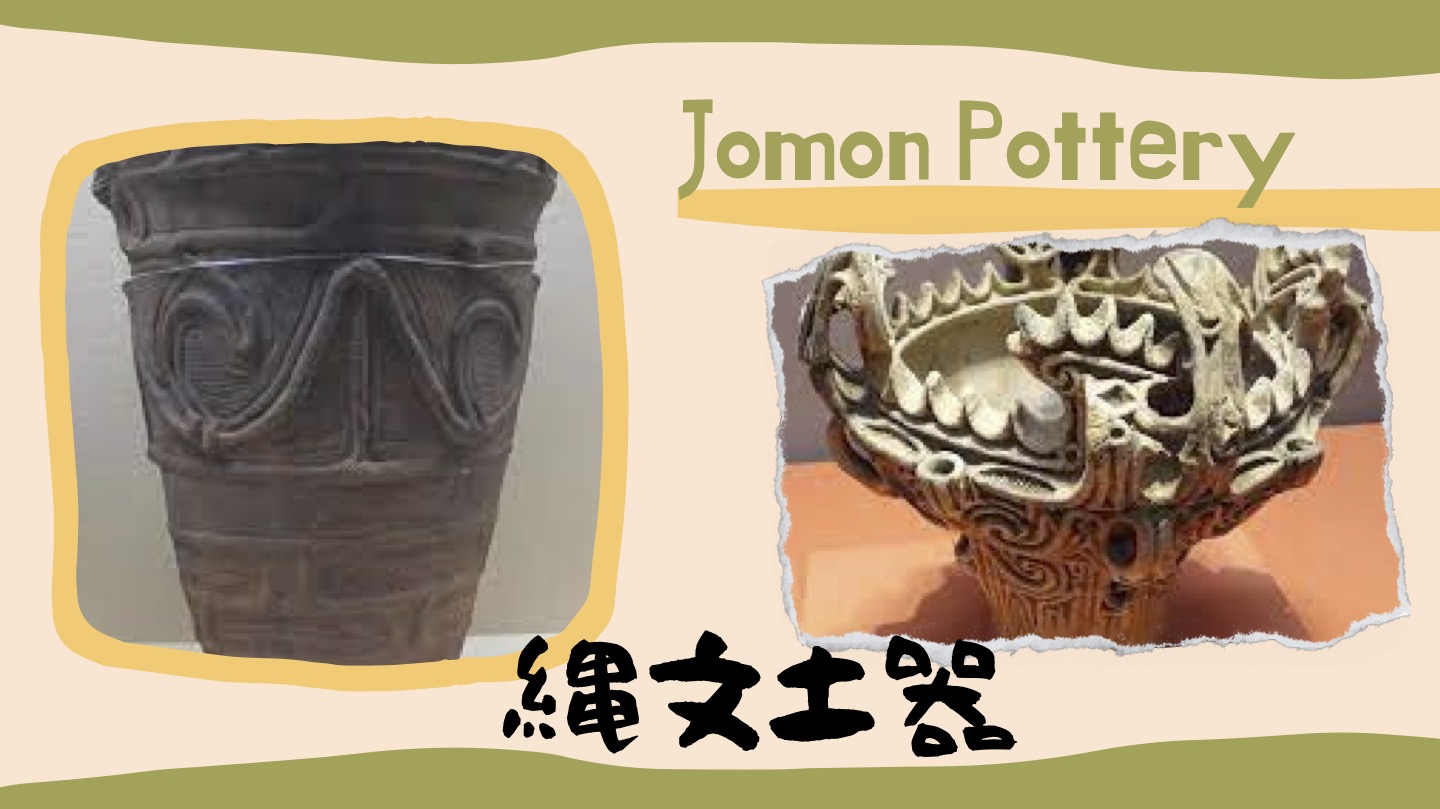
#17 Two Imperial Courts
Click here to go to the YouTube video

This episode is about the period of two Imperial Courts. The Kamakura Shogunate had fallen and the country was in turmoil.
今回は2つの朝廷の時代(南北朝時代)についてです。鎌倉幕府が崩壊し、混乱の時代となりました。

After winning the battles against Yuan, the dissatisfaction of many samurais against the government increased because the Kamakura shogunate could not provide sufficient rewards to the warriors.
元との戦いに勝利した後、十分な恩賞を与えない鎌倉幕府に対する武士たちの不満が高まりました。

In Kyoto, Emperor Godaigo was looking for a chance to overthrow the Kamakura Shogunate. With the cooperation of influential warriors like Ashikaga Takauji, Nitta Yoshisada, and Kusunoki Masashige, Emperor Godaigo succeeded to destroy the Kamakura Shogunate in 1333.
京都では後醍醐天皇が鎌倉幕府打倒のチャンスを伺っていましたが、足利尊氏、新田義貞、楠木正成などの有力な武士たちの協力を得て、1333年、鎌倉幕府の打倒に成功しました。

Emperor Godaigo started a new emperor-centered government in Kyoto. His political reform is called “Kenmu-no-Shinsei”, or Kenmu Restoration. However, many samurais became dissatisfied with Emperor Godaigo’s politics which valued only court nobles and some newly emerged warriors. Consequently, it lasted only three years.
後醍醐天皇は「建武の新政」と呼ばれる、天皇中心の新しい政治を始めました。しかし公家や新興の武士のみを重んじる政治に対して多くの武士が不満を持ち、新しい政治は3年で終わってしまいました。

Ashikaga Takauji, the most influential samurai at the time, rebelled against Emperor Godaigo and established a new emperor in Kyoto. During the battles against Takauji, Emperor Godaigo lost his forces like Nitta Yoshisada and Kusunoki Masashige. Finally, he fled into the mountains of Yoshino in the south of Kyoto.
当時最も有力な武士である足利尊氏が反乱を起こし京都に新しい天皇を即位させました。尊氏との戦いの中で後醍醐天皇は新田義貞や楠木正成を失い、京都の南、吉野の山中に逃れました。

As a result, the Imperial Courts were located in both Kyoto in the north and Yoshino in the south. The two courts continued to fight each other for about 60 years.
結果として、北側の京都、南側の吉野に2つの朝廷が存在することになりました。彼らはおよそ60年に渡って争うことになりました。

Ashikaga Takauji established the shogunate in Kyoto. In 1338, he was appointed shogun by the Northern Court. The next year Emperor Godaigo died. The Southern Court gradually lost power and was absorbed into the Northern Court during the reign of Ashikaga Yoshimitsu, the third shogun, thus ending the period of the Northern and Southern Courts.
足利尊氏は京都に幕府を開き、1338年には北朝から征夷大将軍に任命されました。その翌年、後醍醐天皇は亡くなりました。南朝側は次第に力を弱め、3代将軍足利義満の元で北朝に吸収されました。このようにして南北朝の時代は終わりました。

Ashikaga Yoshimitsu built a palace in Muromachi, Kyoto, where he conducted government, so we call the period of the Ashikaga shogunate the Muromachi period. During the reign of Ashikaga Yoshimitsu, Japan had active exchanges with East Asian countries. We will look at this in the next issue.
足利義満は京都の室町に花の御所を建設しそこで政治を行いました。そのため足利氏の幕府(室町幕府)の時代は室町時代と呼ばれています。義満の時代、日本は東アジアの国々と盛んに交流を行いました。そのことについては次回見ていきましょう。
Thank you for reading.




